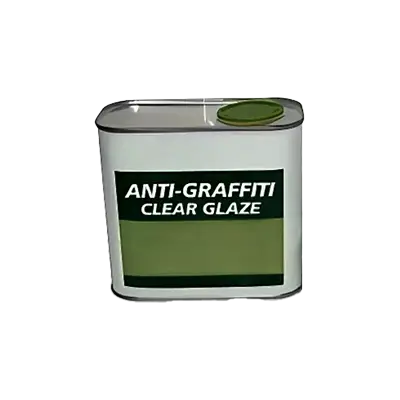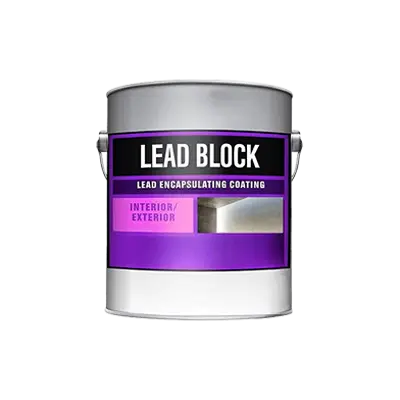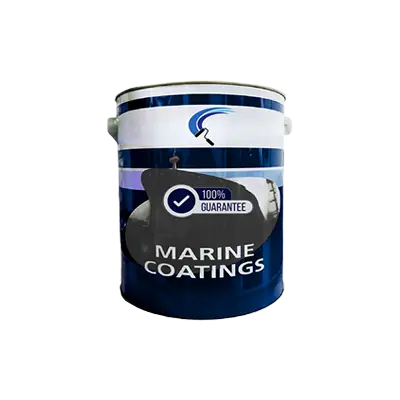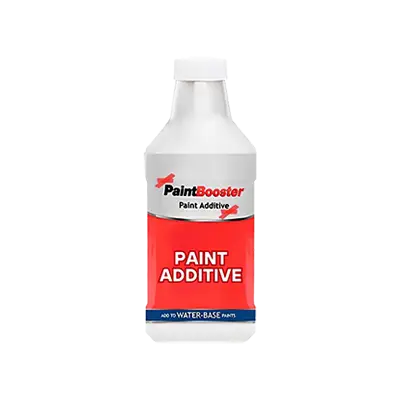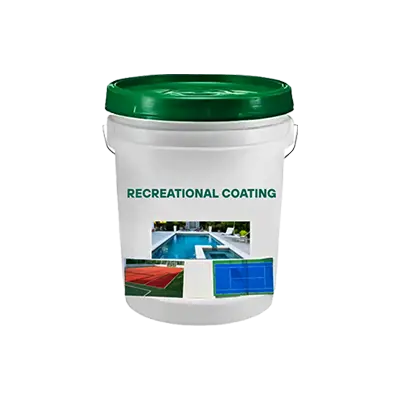Call +(254) 703 030 000 / 751 483 999 / 721 704 777
- Home
- Floor Wall Other Surface Finishes
- Paint Equipment Supplies
- Specialized Paints Coatings
.....Read More
Frequently Asked Questions
What are the best specialized paints for HVAC systems?
The best specialized paints for HVAC systems are those designed to withstand the unique conditions these systems face, such as temperature fluctuations, moisture, and potential chemical exposure. Here are some top options:
1. **Epoxy Paints**: Known for their durability and resistance to chemicals and moisture, epoxy paints are ideal for HVAC systems. They provide a hard, protective coating that can withstand high temperatures and resist corrosion.
2. **Acrylic Paints**: These are water-based and offer good resistance to UV light and weathering, making them suitable for outdoor HVAC units. They dry quickly and are less prone to cracking and peeling.
3. **Silicone-Based Paints**: These paints are excellent for high-temperature applications, as they can withstand extreme heat without degrading. They also offer good resistance to moisture and corrosion.
4. **Polyurethane Paints**: Offering a tough, flexible finish, polyurethane paints are resistant to abrasion and impact, making them suitable for areas with high mechanical stress. They also provide good chemical resistance.
5. **Zinc-Rich Primers**: Often used as a base coat, zinc-rich primers provide excellent corrosion resistance by offering cathodic protection to the metal surfaces of HVAC systems.
6. **Powder Coatings**: These are applied electrostatically and then cured under heat, forming a hard finish that is tougher than conventional paint. They offer excellent durability and resistance to chipping, scratching, and fading.
When selecting a paint, consider the specific environmental conditions the HVAC system will face, such as exposure to chemicals, temperature extremes, and humidity. Proper surface preparation and application are also crucial to ensure the longevity and effectiveness of the paint.
How do marine coatings protect against corrosion?
Marine coatings protect against corrosion through several mechanisms:
1. **Barrier Protection**: Marine coatings create a physical barrier between the metal surface and the corrosive marine environment. This barrier prevents water, oxygen, and salts from reaching the metal surface, which are essential elements for the corrosion process.
2. **Inhibitive Protection**: Some marine coatings contain corrosion inhibitors that actively prevent corrosion. These inhibitors can neutralize corrosive agents or form a protective layer on the metal surface, further reducing the risk of corrosion.
3. **Cathodic Protection**: Certain coatings incorporate sacrificial anodes, such as zinc or aluminum, which corrode preferentially to the protected metal. This process, known as cathodic protection, helps to protect the underlying metal by redirecting the corrosive activity to the anode.
4. **Anti-fouling Properties**: Marine coatings often include anti-fouling agents that prevent the growth of marine organisms like barnacles and algae. These organisms can damage coatings and expose the metal to corrosive elements, so preventing their growth helps maintain the integrity of the protective barrier.
5. **Chemical Resistance**: Marine coatings are formulated to resist chemical degradation from saltwater, oil, and other marine pollutants. This resistance ensures that the coating remains intact and effective over time.
6. **Flexibility and Adhesion**: High-quality marine coatings are designed to adhere strongly to the substrate and remain flexible. This flexibility allows the coating to expand and contract with temperature changes and mechanical stresses, preventing cracks and maintaining the protective barrier.
By combining these protective mechanisms, marine coatings effectively extend the lifespan of marine structures and vessels by minimizing the impact of corrosive elements in the harsh marine environment.
What type of paint is used to cover lead paint safely?
To safely cover lead paint, an encapsulant paint is used. Encapsulants are specially formulated coatings designed to seal in lead paint and prevent the release of lead dust and chips. There are three main types of encapsulants:
1. **Polymer-based encapsulants**: These are flexible and can accommodate some movement in the underlying surface. They are often used on surfaces that may expand or contract, such as wood.
2. **Epoxy or polyurethane encapsulants**: These are more rigid and durable, suitable for surfaces that do not experience much movement. They provide a hard, protective layer over the lead paint.
3. **Cementitious encapsulants**: These are thick, mortar-like coatings that are applied to surfaces that require a more substantial barrier. They are often used on masonry or concrete surfaces.
Before applying an encapsulant, it is crucial to prepare the surface properly. This includes cleaning the surface to remove any dust, dirt, or grease, and repairing any damaged areas to ensure the encapsulant adheres properly. It is also important to follow the manufacturer's instructions and local regulations regarding lead paint encapsulation.
Encapsulation is a temporary solution and should be regularly inspected for signs of wear or damage. If the encapsulant begins to fail, it may be necessary to reapply it or consider other lead abatement methods, such as removal or enclosure.
Which coatings are effective for extreme temperature resistance?
Coatings effective for extreme temperature resistance include:
1. **Ceramic Coatings**: These are highly effective due to their ability to withstand temperatures exceeding 1000°C. They provide excellent thermal insulation and are often used in aerospace and automotive industries.
2. **Thermal Barrier Coatings (TBCs)**: Typically made from zirconia-based ceramics, TBCs are designed to protect metal components from high temperatures, especially in gas turbines and jet engines.
3. **Silicone Coatings**: Known for their flexibility and heat resistance, silicone coatings can endure temperatures up to 300°C. They are often used in industrial applications where moderate heat resistance is required.
4. **Epoxy Coatings**: While standard epoxies are not suitable for high temperatures, specialized high-temperature epoxy coatings can resist temperatures up to 260°C. They are used in applications requiring chemical resistance and moderate heat protection.
5. **Polyimide Coatings**: These coatings can withstand temperatures up to 400°C and are used in electronics and aerospace applications due to their excellent thermal stability and electrical insulation properties.
6. **Aluminized Coatings**: These coatings provide a reflective surface that helps in reducing heat absorption. They are often used in automotive and industrial applications to protect against radiant heat.
7. **Metallic Coatings**: Coatings such as nickel, chromium, and their alloys can withstand high temperatures and provide oxidation and corrosion resistance. They are commonly used in high-temperature industrial processes.
8. **Plasma-Sprayed Coatings**: This technique involves spraying molten or heat-softened material onto a surface. It is used to apply ceramic or metallic coatings that can withstand extreme temperatures.
9. **Carbide Coatings**: Tungsten carbide and other carbide coatings offer excellent wear resistance and can endure high temperatures, making them suitable for cutting tools and high-stress environments.
These coatings are selected based on the specific temperature range, environmental conditions, and application requirements.
How do anti-icing coatings work to repel liquids?
Anti-icing coatings work by creating a surface that minimizes the adhesion of ice and repels water, preventing ice formation. These coatings typically employ a combination of hydrophobic and low-surface-energy materials to achieve their effects.
The primary mechanism involves reducing the surface energy of the substrate, which decreases the adhesion force between the ice and the surface. This is often achieved by incorporating materials like fluoropolymers or silicones, which are inherently water-repellent. These materials create a surface that causes water droplets to bead up and roll off rather than spread out and freeze.
Additionally, some anti-icing coatings are designed with micro- or nanoscale textures that enhance their hydrophobic properties. These textures trap air, creating a cushion that further reduces the contact area between the water and the surface, thus minimizing ice formation. This is known as the Lotus Effect, inspired by the natural water-repellent properties of lotus leaves.
Moreover, some coatings incorporate phase-change materials or thermal conductive elements that can absorb heat from the environment or the substrate, raising the temperature at the interface and delaying or preventing ice formation.
In summary, anti-icing coatings work by combining low-surface-energy materials with micro/nanostructures to repel water and reduce ice adhesion, sometimes supplemented by thermal management strategies to prevent ice formation.
What are the benefits of using specialized plumbing coatings?
Specialized plumbing coatings offer several benefits that enhance the performance, durability, and efficiency of plumbing systems:
1. **Corrosion Resistance**: These coatings protect pipes from rust and corrosion, extending their lifespan and reducing maintenance costs. This is particularly beneficial for metal pipes exposed to moisture and chemicals.
2. **Leak Prevention**: By sealing small cracks and imperfections, coatings help prevent leaks, which can lead to water damage and increased utility bills.
3. **Improved Flow Efficiency**: Coatings can create a smoother internal surface, reducing friction and improving water flow. This can enhance the overall efficiency of the plumbing system and reduce energy consumption in pumping systems.
4. **Chemical Resistance**: In industrial settings, specialized coatings protect pipes from harsh chemicals, ensuring the integrity of the plumbing system and preventing contamination.
5. **Thermal Insulation**: Some coatings provide thermal insulation, helping to maintain the temperature of the fluids being transported. This is crucial in systems where temperature control is essential.
6. **Biofilm Prevention**: Coatings can inhibit the growth of biofilms and bacteria, promoting healthier water quality and reducing the risk of contamination.
7. **Cost-Effectiveness**: By extending the life of plumbing systems and reducing the need for repairs and replacements, coatings offer a cost-effective solution for long-term maintenance.
8. **Environmental Protection**: By preventing leaks and reducing the need for frequent replacements, coatings contribute to environmental conservation by minimizing waste and resource consumption.
9. **Versatility**: Available for various materials, including metal, plastic, and concrete, these coatings can be tailored to specific needs and environments.
10. **Aesthetic Enhancement**: In visible plumbing installations, coatings can improve the appearance of pipes, making them more visually appealing.
Overall, specialized plumbing coatings provide a comprehensive solution to enhance the durability, efficiency, and safety of plumbing systems.
How do you choose the right specialized paint for specific applications?
To choose the right specialized paint for specific applications, consider the following factors:
1. **Surface Material**: Identify the material you are painting (e.g., wood, metal, concrete, plastic) as different surfaces require different paint formulations for optimal adhesion and durability.
2. **Environment**: Consider the environmental conditions the paint will be exposed to, such as humidity, temperature fluctuations, UV exposure, and potential chemical exposure. For example, exterior paints need UV resistance, while bathroom paints should resist moisture.
3. **Functionality**: Determine the functional requirements, such as anti-corrosion for metal surfaces, fire resistance for safety applications, or anti-microbial properties for healthcare settings.
4. **Finish and Aesthetics**: Decide on the desired finish (e.g., matte, gloss, satin) and color. Some applications may require specific finishes for aesthetic or practical reasons, like non-reflective surfaces in certain lighting conditions.
5. **Durability and Maintenance**: Assess the expected wear and tear. High-traffic areas may need more durable, easy-to-clean paints, while less-used areas might allow for less robust options.
6. **Application Method**: Consider the application method (brush, roller, spray) and choose a paint that is compatible with your equipment and skill level.
7. **Regulatory Compliance**: Ensure the paint meets any relevant safety and environmental regulations, such as low VOC content for indoor air quality.
8. **Cost and Availability**: Balance the cost with the quality and availability of the paint. Specialized paints can be more expensive, so consider the budget and the necessity of specific features.
9. **Manufacturer Recommendations**: Follow manufacturer guidelines and recommendations for specific applications to ensure optimal performance and warranty compliance.
By evaluating these factors, you can select the most appropriate specialized paint for your specific application needs.
